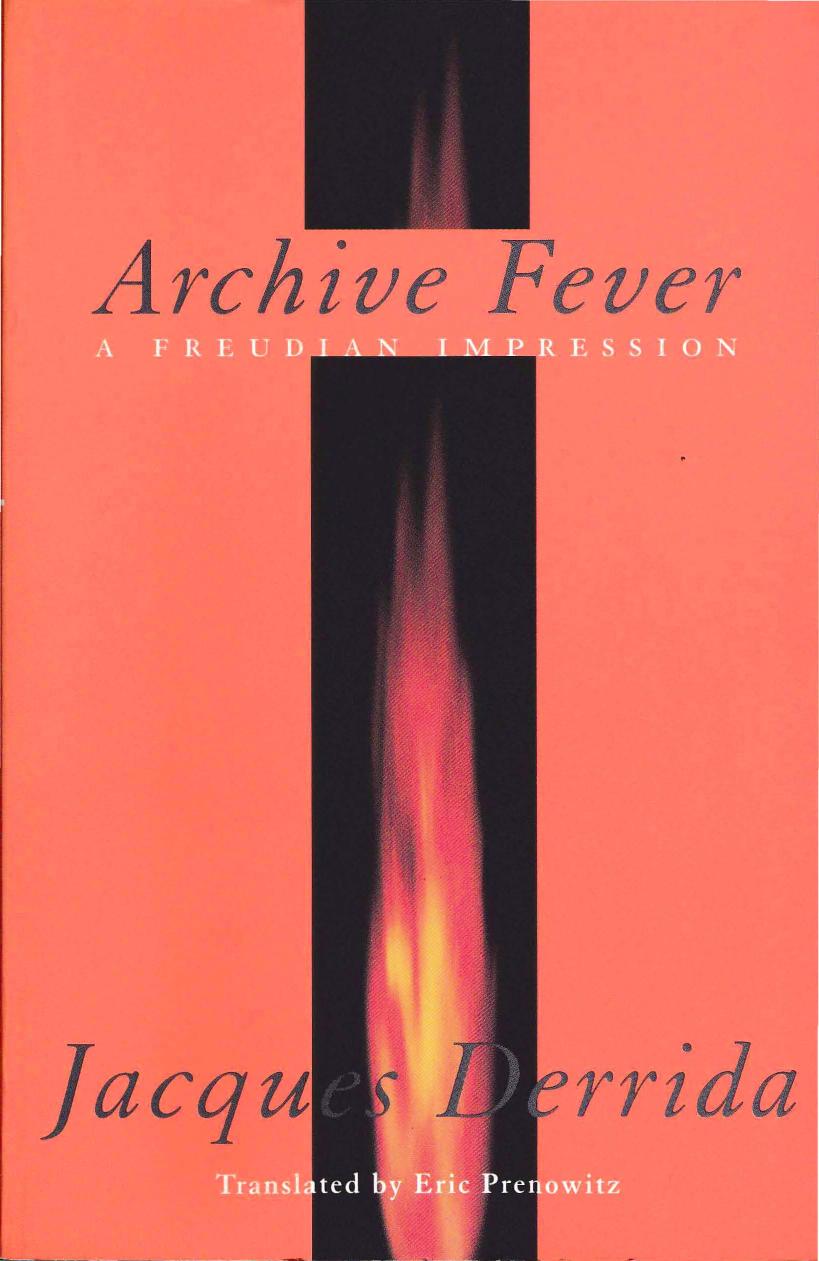Pamela M. Lee: Chronophobia: On Time in the Art of the 1960s (2004)
Filed under book | Tags: · art, art history, autopoiesis, kinetic art, systems theory, technology, time

“In the 1960s art fell out of time; both artists and critics lost their temporal bearings in response to what E. M. Cioran called “not being entitled to time.” This anxiety and uneasiness about time, which Pamela Lee calls “chronophobia,” cut across movements, media, and genres, and was figured in works ranging from kinetic sculptures to Andy Warhol films. Despite its pervasiveness, the subject of time and 1960s art has gone largely unexamined in historical accounts of the period. Chronophobia is the first critical attempt to define this obsession and analyze it in relation to art and technology.
Lee discusses the chronophobia of art relative to the emergence of the Information Age in postwar culture. The accompanying rapid technological transformations, including the advent of computers and automation processes, produced for many an acute sense of historical unknowing; the seemingly accelerated pace of life began to outstrip any attempts to make sense of the present. Lee sees the attitude of 1960s art to time as a historical prelude to our current fixation on time and speed within digital culture. Reflecting upon the 1960s cultural anxiety about temporality, she argues, helps us historicize our current relation to technology and time.
After an introductory framing of terms, Lee discusses such topics as “presentness” with respect to the interest in systems theory in 1960s art; kinetic sculpture and new forms of global media; the temporality of the body and the spatialization of the visual image in the paintings of Bridget Riley and the performance art of Carolee Schneemann; Robert Smithson’s interest in seriality and futurity, considered in light of his reading of George Kubler’s important work The Shape of Time: Remarks on the History of Things and Norbert Wiener’s discussion of cybernetics; and the endless belaboring of the present in sixties art, as seen in Warhol’s Empire and the work of On Kawara.”
Publisher MIT Press, 2004
ISBN 026212260X, 9780262122603
394 pages
PDF, PDF (updated on 2019-5-27)
Comments (2)Jimena Canales: A Tenth of a Second: A History (2010)
Filed under book | Tags: · astronomy, chronophotography, cinema, history of science, history of technology, modernity, photography, science, technology, telegraphy, time

“In the late fifteenth century, clocks acquired minute hands. A century later, second hands appeared. But it wasn’t until the 1850s that instruments could recognize a tenth of a second, and, once they did, the impact on modern science and society was profound. Revealing the history behind this infinitesimal interval, A Tenth of a Second sheds new light on modernity and illuminates the work of important thinkers of the last two centuries.
Tracing debates about the nature of time, causality, and free will, as well as the introduction of modern technologies—telegraphy, photography, cinematography—Jimena Canales locates the reverberations of this “perceptual moment” throughout culture. Once scientists associated the tenth of a second with the speed of thought, they developed reaction time experiments with lasting implications for experimental psychology, physiology, and optics. Astronomers and physicists struggled to control the profound consequences of results that were a tenth of a second off. And references to the interval were part of a general inquiry into time, consciousness, and sensory experience that involved rethinking the contributions of Descartes and Kant.
Considering its impact on much longer time periods and featuring appearances by Henri Bergson, Walter Benjamin, and Albert Einstein, among others, A Tenth of a Second is ultimately an important contribution to history and a novel perspective on modernity.”
Publisher University of Chicago Press, 2010
ISBN 0226093182, 9780226093185
288 pages
review (Val Dusek, Notre Dame Philosophical Reviews)
Comments (2)Jacques Derrida: Archive Fever: A Freudian Impression (1996)
Filed under book | Tags: · archive, philosophy, psychoanalysis, technology, time

“In Archive Fever, Jacques Derrida deftly guides us through an extended meditation on remembrance, religion, time, and technology—fruitfully occasioned by a deconstructive analysis of the notion of archiving. Intrigued by the evocative relationship between technologies of inscription and psychic processes, Derrida offers for the first time a major statement on the pervasive impact of electronic media, particularly e-mail, which threaten to transform the entire public and private space of humanity. Plying this rich material with characteristic virtuosity, Derrida constructs a synergistic reading of archives and archiving, both provocative and compelling.”
Translated by Eric Prenowitz
Publisher University of Chicago Press, 1996
ISBN 0226143368, 9780226143361
113 pages
PDF (updated on 2021-11-11)
PDF (article, published in Diacritics, 25:2, Summer, 1995, pp 9-63, added on 2012-9-3)

